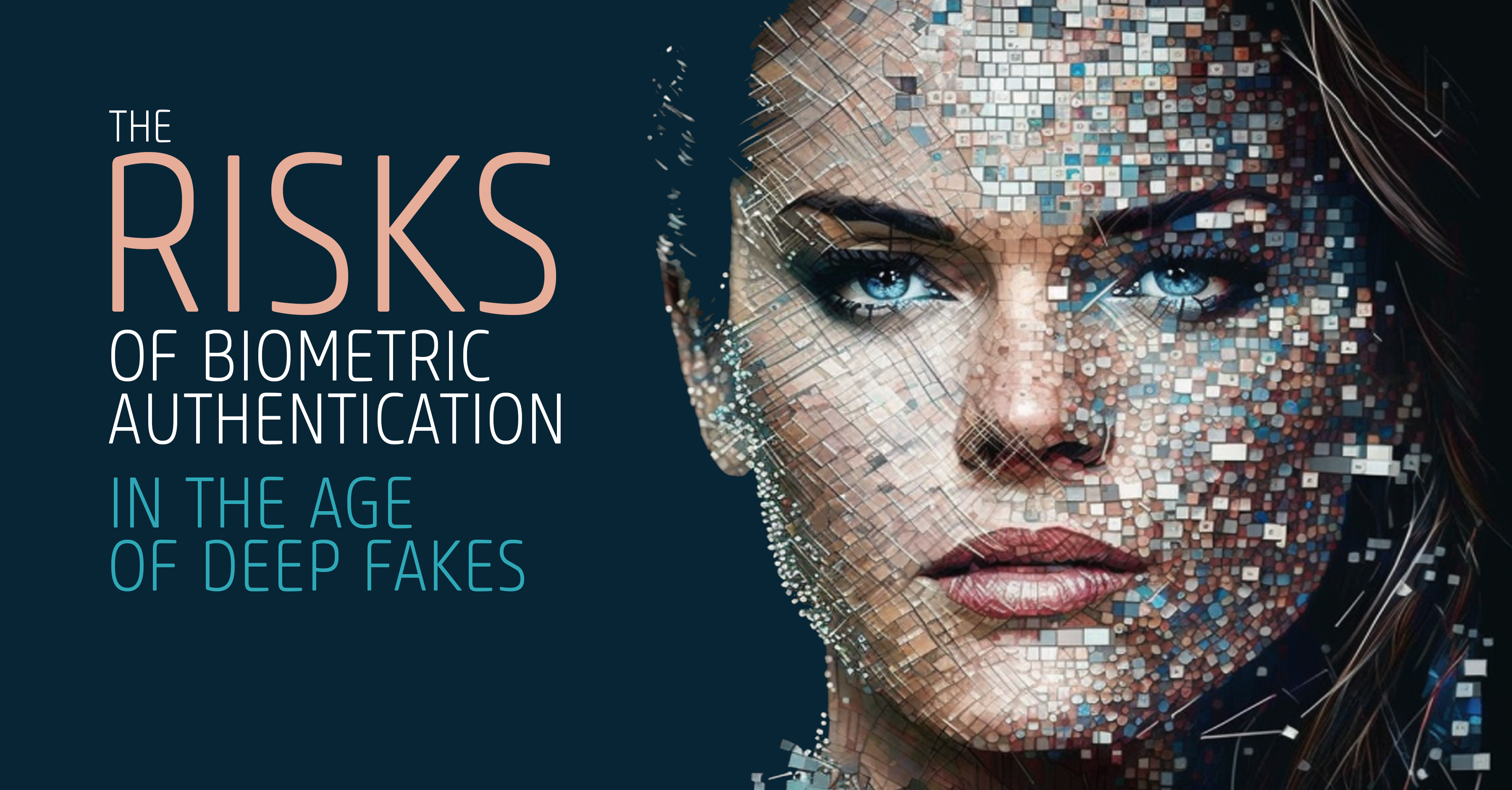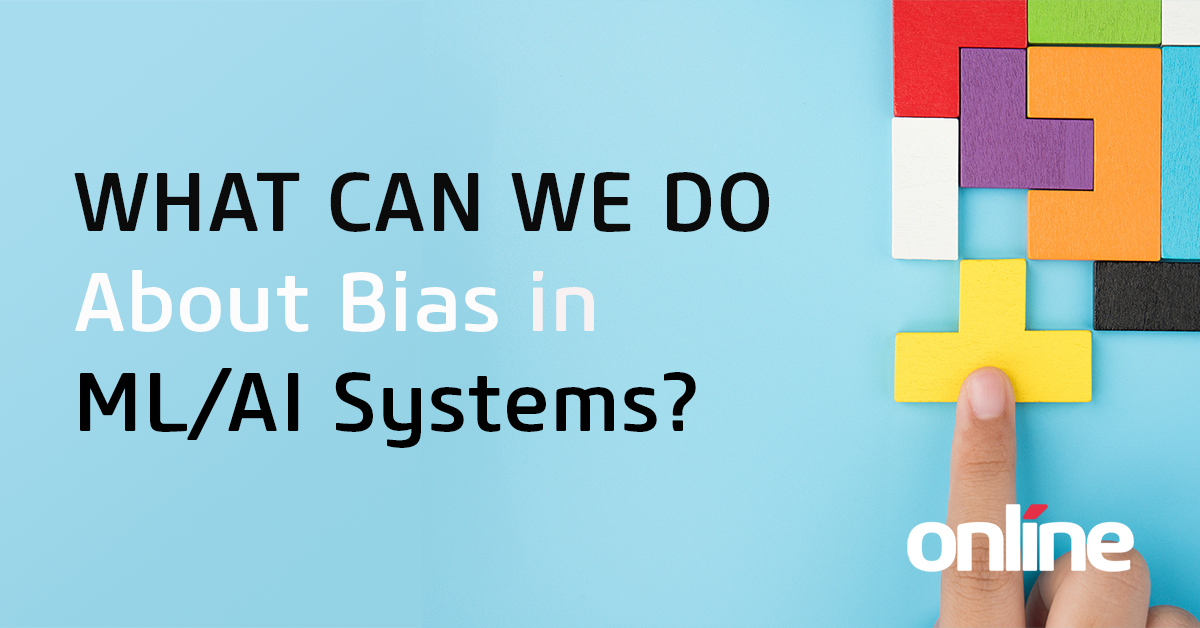Chris Theriault
The need for secure and convenient authentication methods has led to the rise of biometric authentication, which relies on unique physical traits for identification. This technology has become increasingly ubiquitous, from unlocking smartphones with fingerprints to facial recognition at airport security.
Biometrics, like all methods of authentication, is not without risk - enter the advent of deep fakes which threaten the reality of biometric systems.
In this post I want to look at the risks associated with biometric authentication in the face of deep fakes and share some thoughts on how to mitigate them.
Understanding Deep Fakes
Deep fakes are highly convincing artificial media. These fabricated multimedia elements include manipulated images, videos, and even audio recordings that can be almost indistinguishable from real content. They leverage powerful algorithms to blend existing data with false information, making it challenging to detect the authentic content.
It is mentioned in the Bloomberg video above, that well intended technology such as creating a voice print for those who have lost their voice through accident can in turn be used to authenticate users of a voice biometric system.
The Biometric Authentication Risk Landscape

Biometric data is defined as follows:
“Personal data resulting from specific technical processing relating to the physical, physiological or behavioural characteristics of a natural person, which allow or confirm the unique identification of that natural person, such as facial images or dactyloscopic data.”
The value related to this data is a result of where this type of personal data has been used as a means of authentication. Advancement in voice recreation technology and generative AI has made replication of these once thought proprietary traits simpler to create for nefarious use.
- Identity Theft and Fraud
If attackers can generate fake biometric data, they can effectively impersonate individuals and access sensitive accounts, systems, or buildings. This can lead to financial losses, data breaches, and reputational damage for individuals and organizations. - Breach of Privacy
Biometric authentication often requires the collection and storage of sensitive biometric data, such as fingerprints, facial scans, or iris patterns. In the event of a successful deep fake attack, an individual's biometric data can be stolen for malicious purposes, resulting in severe violations of privacy. - False Sense of Security
As biometric authentication gained popularity, many users began to perceive it as an infallible security measure. However, biometric data can be manipulated and exploited. This false sense of security may lead to complacency against potential threats. - Social Engineering Attacks
Attackers use fabricated multimedia to lure individuals into revealing confidential information or performing unauthorized actions. By impersonating trusted individuals, attackers can manipulate people into compromising their security. - Malware and Ransomware
Cybercriminals can use deep fakes to create multimedia elements that serve as carriers for malware and ransomware. For instance, a video message from a seemingly legitimate source could contain embedded malware, leading to consequences when the user interacts with it. - Biometric Data Manipulation
Attackers could use AI-generated content to alter an individual's biometric records, making it challenging for the person to verify their identity when using legitimate authentication process.
Mitigating the Risks

While the risks associated with deep fakes introduce significant challenges to biometric authentication, several strategies can help mitigate these risks for implementation by system administrators.
- Multi-Factor Authentication (MFA)
Employing multi-factor authentication can add an extra layer of security by combining biometrics with other authentication factors, such as one-time passwords or smart cards, reducing risk. - Liveness Detection
Measures can help determine whether biometric data is being provided by a real person or a fabricated source. Liveness detection algorithms can analyze subtle movements or physiological responses that are difficult for deep fake technology to replicate accurately. - Continuous Authentication
Monitoring user behavior throughout a session rather than just at the initial login. This ongoing scrutiny can detect anomalies in biometric patterns, providing an additional layer of protection. - Regular Biometric Data Updates
By regularly refreshing the stored biometric templates, the system becomes less vulnerable to pre-recorded deep fake attempts. - Enhanced AI Detection Systems
Continued research and development of advanced AI-based detection systems are crucial to staying ahead of deep fake technology.
Biometric authentication has revolutionized the way we secure many aspects of our digital world. However, the growing threat of deep fakes challenges the reliability of biometric systems. Biometric authentication presents risk as the single source of truth for identity. It is still an arrow in the quiver for an overall authentication strategy but should not be the only gate to cross.
More authentication steps are less convenient for the customer but not as much trouble as handling a breach. The risks of identity theft, privacy breaches, and false security highlight the importance of additional security measures to protect against these attacks.
As technology evolves, so do the risks associated with it. It is vital for organizations and individuals to remain proactive in their approach to security and invest in the development of advanced detection and prevention mechanisms.
By staying informed and vigilant, we can continue to harness the potential of biometric authentication while safeguarding against the dangers posed by deep fakes.
About the Author
 Chris is part of a team that believes in great customer service. As a consumer, he expects Great customer service at every turn and he takes providing solutions to heart, especially when it comes to today's ever-evolving Contact Centres & meeting enterprise service needs.
Chris is part of a team that believes in great customer service. As a consumer, he expects Great customer service at every turn and he takes providing solutions to heart, especially when it comes to today's ever-evolving Contact Centres & meeting enterprise service needs.





Submit a Comment